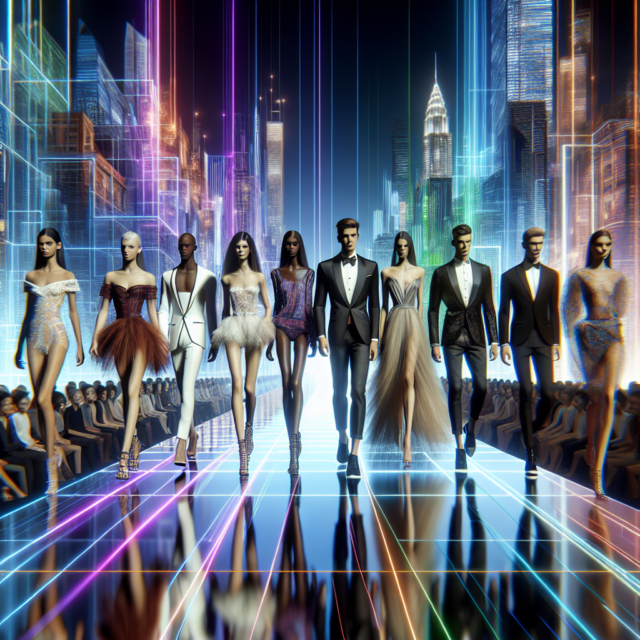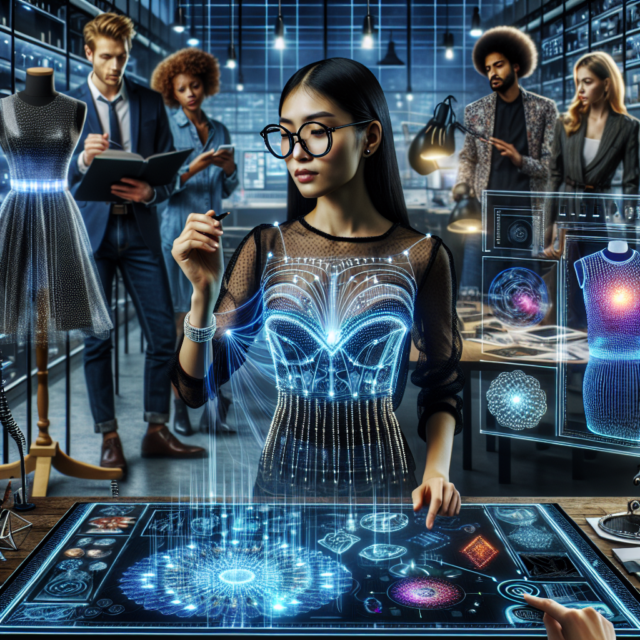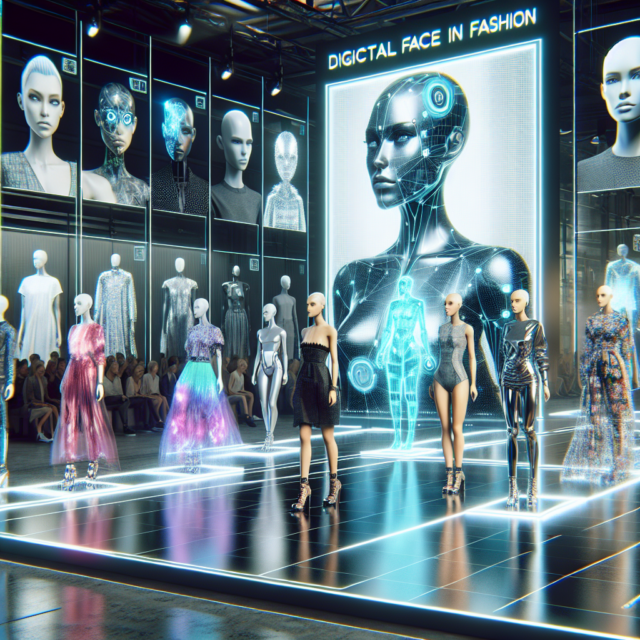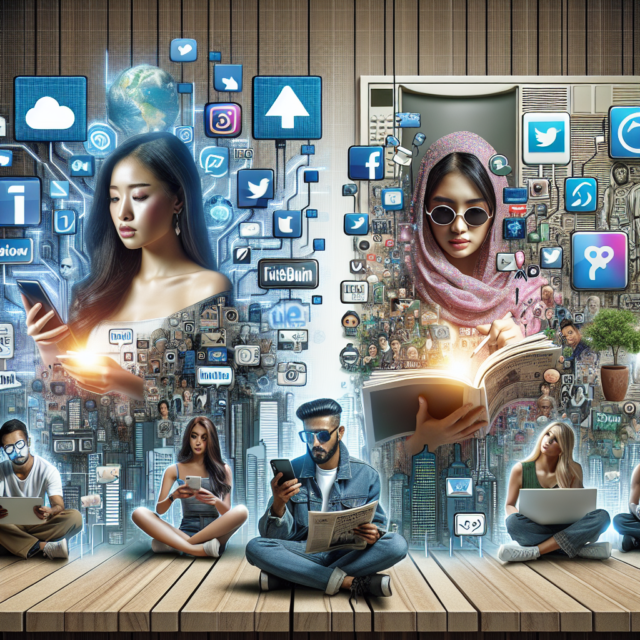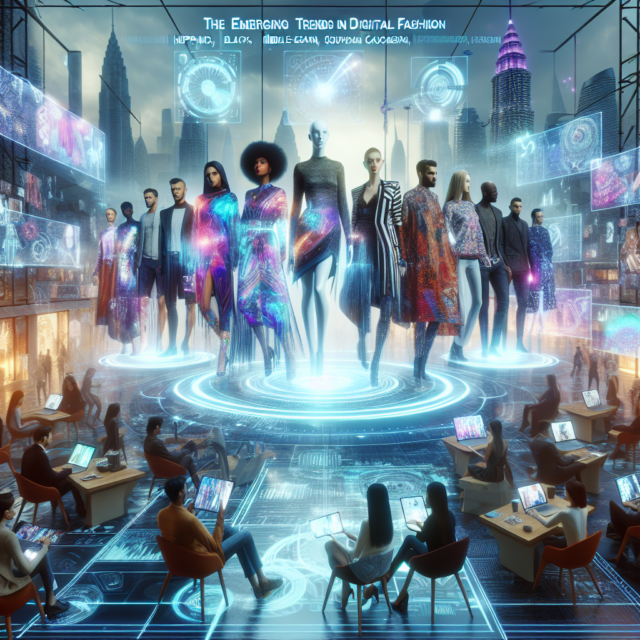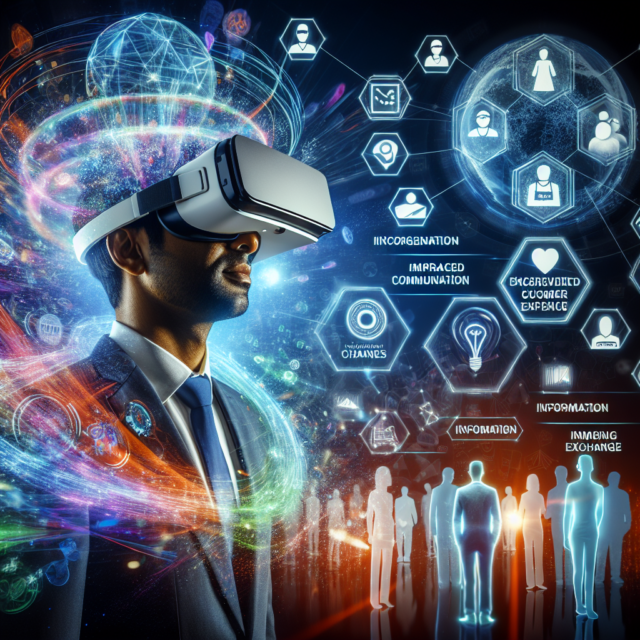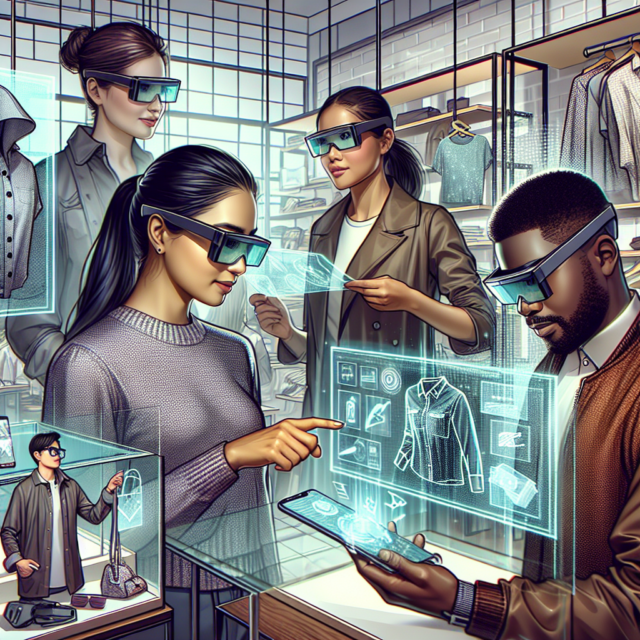Exploring the Rise of Digital Fashion Models Today
In recent years, the fashion industry has witnessed a revolutionary transformation with the emergence of digital fashion models. These virtual influencers are reshaping the way brands engage with audiences, offering new avenues for creativity and innovation. As technology continues to advance, digital fashion models are becoming increasingly sophisticated, blurring the lines between reality and the virtual world. This article explores the rise of digital fashion models, delving into the technology that powers them and analyzing their impact on the fashion industry today.
Understanding the Emergence of Digital Fashion Models
The concept of digital fashion models is not entirely new, but their popularity has surged in recent years due to advancements in technology and shifts in consumer behavior. These virtual personas are designed using computer-generated imagery (CGI) and artificial intelligence, allowing them to mimic human-like features and movements. Unlike traditional models, digital fashion models can be meticulously crafted to embody any desired look, personality, or style, providing brands with unparalleled creative freedom.
One of the driving forces behind the rise of digital fashion models is the increasing importance of social media and online presence. As consumers spend more time on digital platforms, brands are seeking innovative ways to capture their attention. Digital models, with their unique aesthetics and ability to engage with audiences in real-time, offer a fresh approach to marketing and brand representation. This has led to the creation of virtual influencers who boast millions of followers, rivaling their human counterparts.
Moreover, digital fashion models offer a solution to some of the ethical and logistical challenges associated with traditional modeling. Issues such as body image representation, diversity, and sustainability can be addressed more effectively with virtual models. Brands can create avatars that reflect a wide range of body types, ethnicities, and styles, promoting inclusivity without the constraints of physical limitations.
The rise of digital fashion models also reflects broader trends in the digitalization of industries. As technology becomes more integrated into our daily lives, the fashion industry is no exception. Virtual models represent a fusion of fashion and technology, offering new possibilities for creativity and innovation. This shift is part of a larger movement towards digitization, where traditional practices are being reimagined through the lens of technology.
Despite their growing popularity, digital fashion models are not without controversy. Critics argue that they can perpetuate unrealistic beauty standards and contribute to the objectification of women. However, proponents believe that they can be used as a tool for positive change, promoting diversity and challenging conventional norms. As the debate continues, it is clear that digital fashion models are here to stay, shaping the future of the fashion industry in unprecedented ways.
The emergence of digital fashion models is a testament to the power of technology to transform industries and redefine possibilities. As they continue to evolve, these virtual influencers are likely to play an increasingly significant role in the fashion landscape, offering new opportunities for brands and consumers alike.
The Technology Behind Virtual Fashion Influencers
The creation of digital fashion models is a complex process that relies on cutting-edge technology and expertise in various fields. At the core of this technology is computer-generated imagery (CGI), which allows designers to create highly realistic and detailed virtual models. CGI technology has advanced significantly in recent years, enabling the creation of digital avatars that can mimic human movements, expressions, and even emotions with remarkable accuracy.
Artificial intelligence (AI) plays a crucial role in bringing digital fashion models to life. AI algorithms are used to generate and animate the models, allowing them to interact with audiences in a lifelike manner. Machine learning techniques enable these virtual influencers to learn from data, adapting their behavior and appearance based on user interactions and feedback. This dynamic adaptability makes digital fashion models highly engaging and relevant to their audiences.
Motion capture technology is another essential component in the development of virtual fashion influencers. By capturing the movements of real humans, designers can translate these actions onto digital models, resulting in fluid and natural motion. This technology is often used in combination with CGI and AI to create seamless and realistic animations, enhancing the overall authenticity of digital fashion models.
The use of virtual reality (VR) and augmented reality (AR) is also becoming more prevalent in the creation and deployment of digital fashion models. These technologies allow users to experience and interact with digital models in immersive environments, blurring the lines between the virtual and physical worlds. Brands are increasingly leveraging AR and VR to create unique and engaging experiences for consumers, further enhancing the appeal of digital fashion models.
Software tools and platforms specifically designed for creating digital fashion models have emerged, making the process more accessible to designers and brands. These tools offer a range of features, from 3D modeling and animation to texture mapping and rendering. As technology continues to evolve, these tools are becoming more sophisticated, enabling the creation of increasingly complex and lifelike digital models.
Despite the technological advancements, creating digital fashion models remains a collaborative effort that involves a diverse range of skills and expertise. Designers, animators, programmers, and marketers all play a role in bringing virtual influencers to life. This interdisciplinary approach ensures that digital fashion models are not only visually appealing but also effective in engaging and influencing their audiences.
Analyzing the Impact on the Fashion Industry Today
The rise of digital fashion models is having a profound impact on the fashion industry, influencing everything from marketing strategies to consumer behavior. One of the most significant changes is the way brands approach advertising and brand representation. Digital fashion models offer a new and innovative way to engage with audiences, allowing brands to reach consumers in the digital spaces they frequent.
These virtual influencers have also changed the dynamics of influencer marketing. With the ability to create highly customizable and unique personas, brands can tailor their digital models to align with their target audience’s preferences and values. This level of personalization enhances brand loyalty and engagement, as consumers feel a stronger connection with the brand’s messaging and representation.
The introduction of digital fashion models is also impacting the traditional modeling industry. As virtual influencers gain popularity, there is a growing demand for digital talent, leading to new opportunities and career paths within the fashion sector. This shift is prompting traditional models to adapt, with many embracing digital platforms and technology to remain relevant in a rapidly changing industry.
From a consumer perspective, digital fashion models are reshaping the way people interact with fashion. Virtual try-ons and digital fashion shows are becoming more common, offering consumers a more interactive and personalized shopping experience. This shift towards digital engagement is driving changes in consumer expectations, with a growing demand for innovative and immersive experiences.
The sustainability aspect of digital fashion models cannot be overlooked. By reducing the need for physical photoshoots, travel, and production, virtual models offer a more environmentally friendly alternative to traditional fashion practices. Brands are increasingly recognizing the potential of digital models to contribute to their sustainability goals, aligning with the growing consumer demand for eco-conscious practices.
Despite the numerous benefits, the integration of digital fashion models into the industry is not without challenges. Issues related to authenticity, transparency, and ethical considerations continue to be debated. As the industry navigates these complexities, it is essential for brands to maintain a balance between innovation and responsibility, ensuring that digital fashion models are used in ways that are ethical and respectful of consumer values.
As digital fashion models continue to rise in prominence, they are undoubtedly reshaping the landscape of the fashion industry. The technology that powers these virtual influencers is opening new doors for creativity, personalization, and sustainability. While challenges remain, the potential for positive impact is immense. As the industry evolves, digital fashion models are set to play a pivotal role in defining the future of fashion, offering new possibilities for brands and consumers alike. The journey of integrating digital fashion models into the mainstream is just beginning, promising a dynamic and exciting future for the fashion world.


